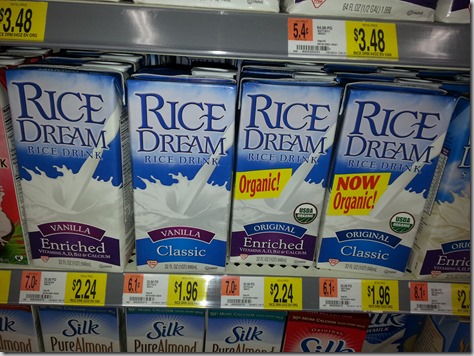Simple Living vs. Minimalism: Why They’re Not the Same (And Which One Actually Works)
Simple living and minimalism get thrown around like they mean the same thing. Less clutter. Fewer distractions. More time for what really matters. Sounds good, right?
But while they might overlap, they’re not the same. And if you’ve ever tried to “declutter your life” only to feel like something was missing, you’re not alone.

Simple Living vs. Minimalism
Let’s break down the difference between simple living and minimalism, why one isn’t necessarily better than the other, and how to find a balance that actually works.
Minimalism: Owning Less, Living With Less
Minimalism is all about reducing possessions and distractions to focus only on the essentials. The idea? The less you own, the freer you feel.
✔ Fewer belongings = fewer things to clean, organize, and maintain.
✔ A decluttered space = a decluttered mind.
✔ Intentional purchases = avoiding consumerism and mindless spending.
For some, minimalism is rigid—capsule wardrobes, blank white walls, and extreme downsizing. But for others, it’s simply about cutting out excess.
🔹 Works best for: People who thrive with structure, love organization, and feel overwhelmed by “stuff.”
🔹 Potential downside: It can feel restrictive—not everyone wants to own just 10 pieces of clothing and an empty living room.
Simple Living: Prioritizing What Matters
Simple living isn’t just about owning less—it’s about living more intentionally.
✔ Cutting unnecessary stress, commitments, and expenses.
✔ Slowing down instead of rushing through life.
✔ Focusing on what actually adds value—whether that’s people, experiences, or even a few cherished belongings.
It’s less about counting possessions and more about being mindful of how time, money, and energy are spent.
🔹 Works best for: People looking for balance—less stress, less clutter, but without extreme rules.
🔹 Potential downside: It requires ongoing choices—there’s no “one-size-fits-all” version of simple living.

Which One Actually Works?
The truth? Neither is one-size-fits-all.
For some, minimalism feels freeing—fewer things, fewer distractions, and more space (physically and mentally).
For others, simple living is the better fit—focusing on what matters without feeling like everything needs to be stripped down.
The key is finding your own version of a clutter-free, stress-free life—one that doesn’t feel like a rulebook.
✔ Want to own fewer things? Try minimalism.
✔ Want more time, freedom, and intention? Focus on simple living.
✔ Want a mix of both? Keep what brings joy and let go of what doesn’t—whether that’s stuff, stress, or unnecessary obligations.
Final Thoughts: Choose What Works for You
At the end of the day, the goal isn’t to own less—it’s to live better.
✔ If a minimalist home makes life easier, go for it.
✔ If keeping sentimental items brings joy, that’s okay too.
✔ If cutting commitments gives back time and energy, it’s worth it.
I learned a similar lesson when I was in the process of losing 100lbs a few years back. There were many ways to do it, but I needed to make sure however I chose to do it, I could do forever. Right? So the weight didn’t come back.
Many people choose exercise – I would NEVER keep it up and I knew that so I needed to find something that worked where I didn’t have to.
People choose to give up meat – not me, people choose to only eat meat – again, not me (but we’re getting close – lol).
In the end I had to choose what I knew I felt comfortable doing as a lifestyle not just to lose the weight and go back to the bad habits. (and I lost over 100lbs – yay!)
So craft your own lifestyle – what works for you and your family in your lives, that’s the thing that will make you really happy.
Simple living and minimalism aren’t about rules—they’re about creating a life that feels right.
📌 Which do you lean toward—minimalism or simple living? Drop a comment below!







